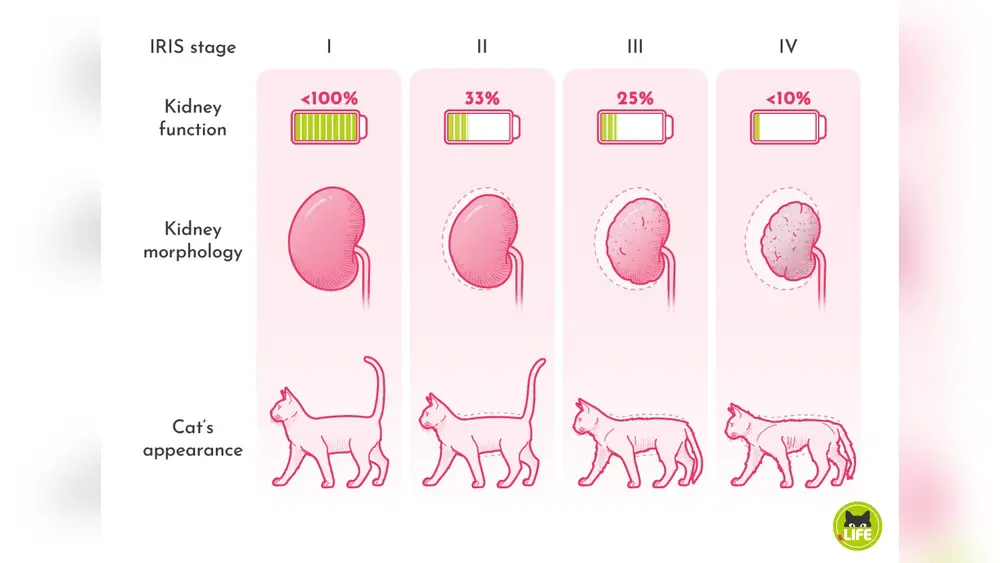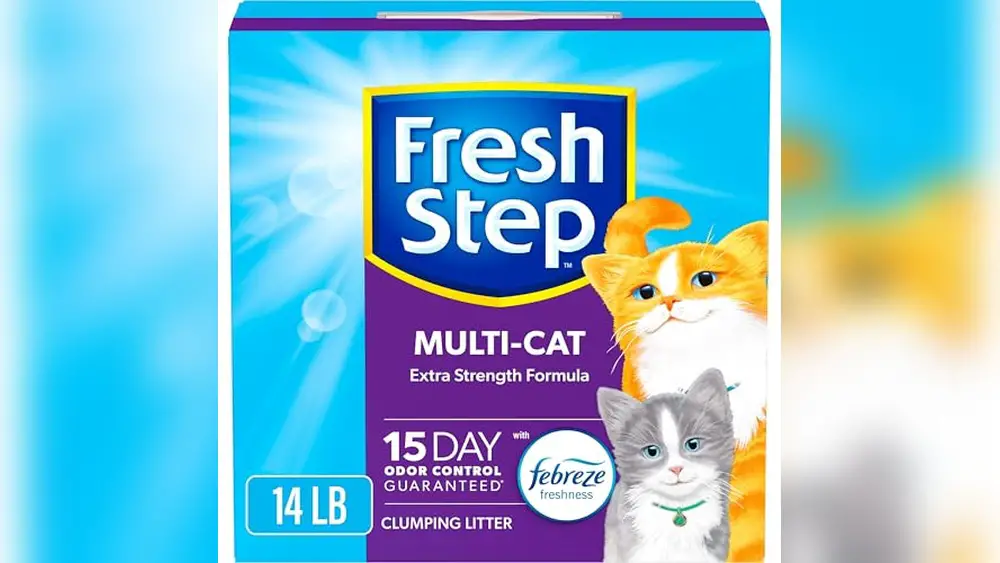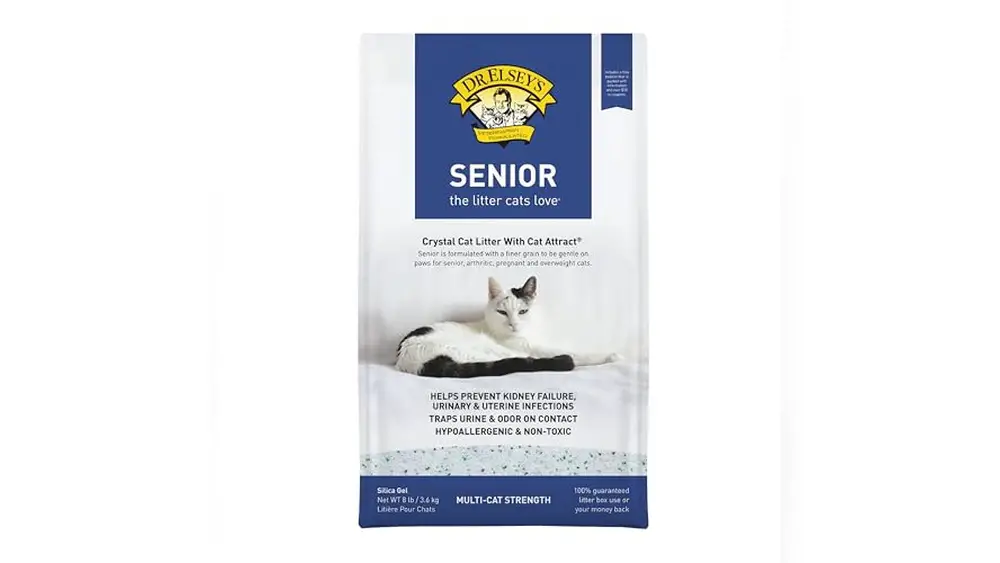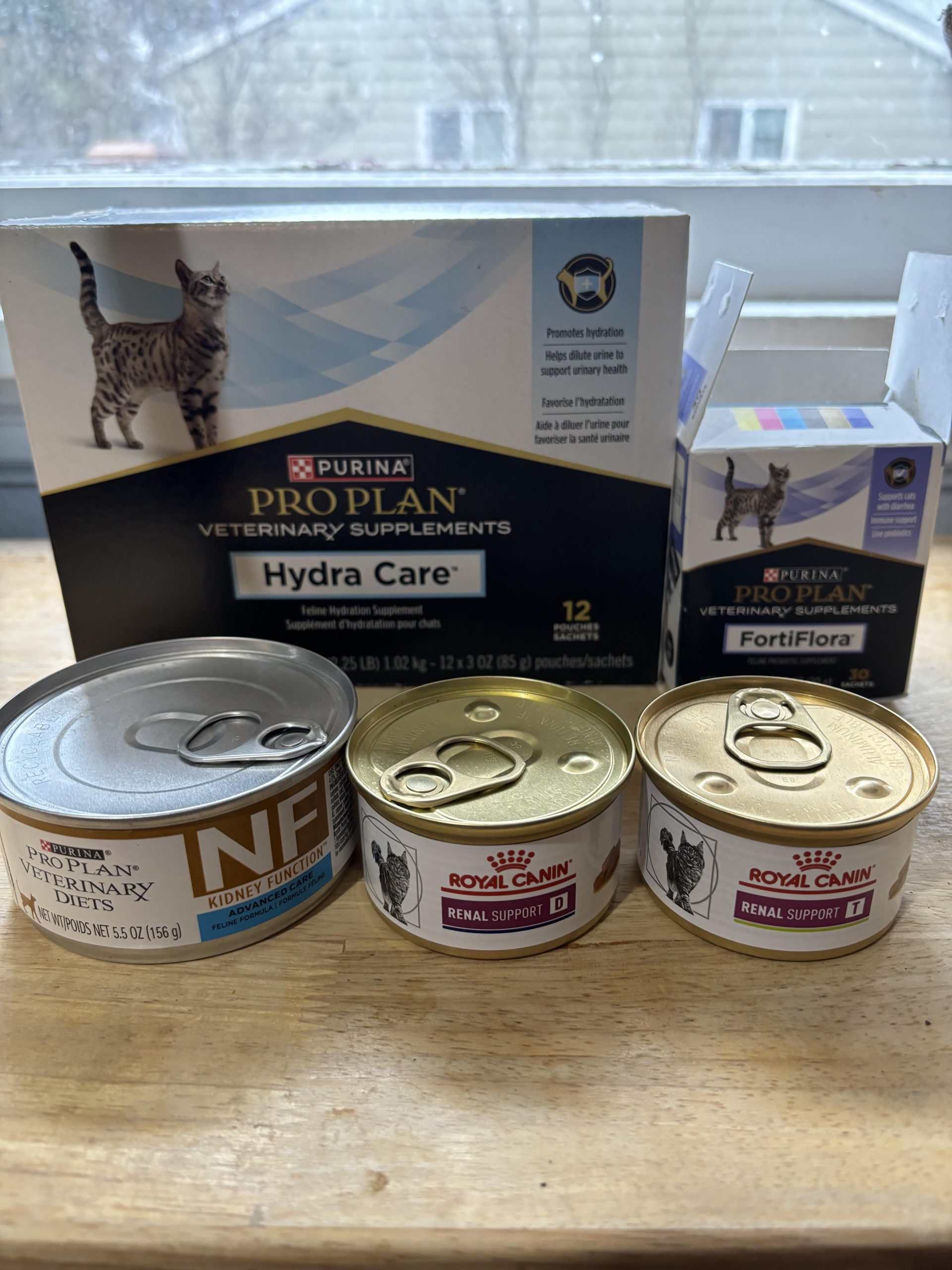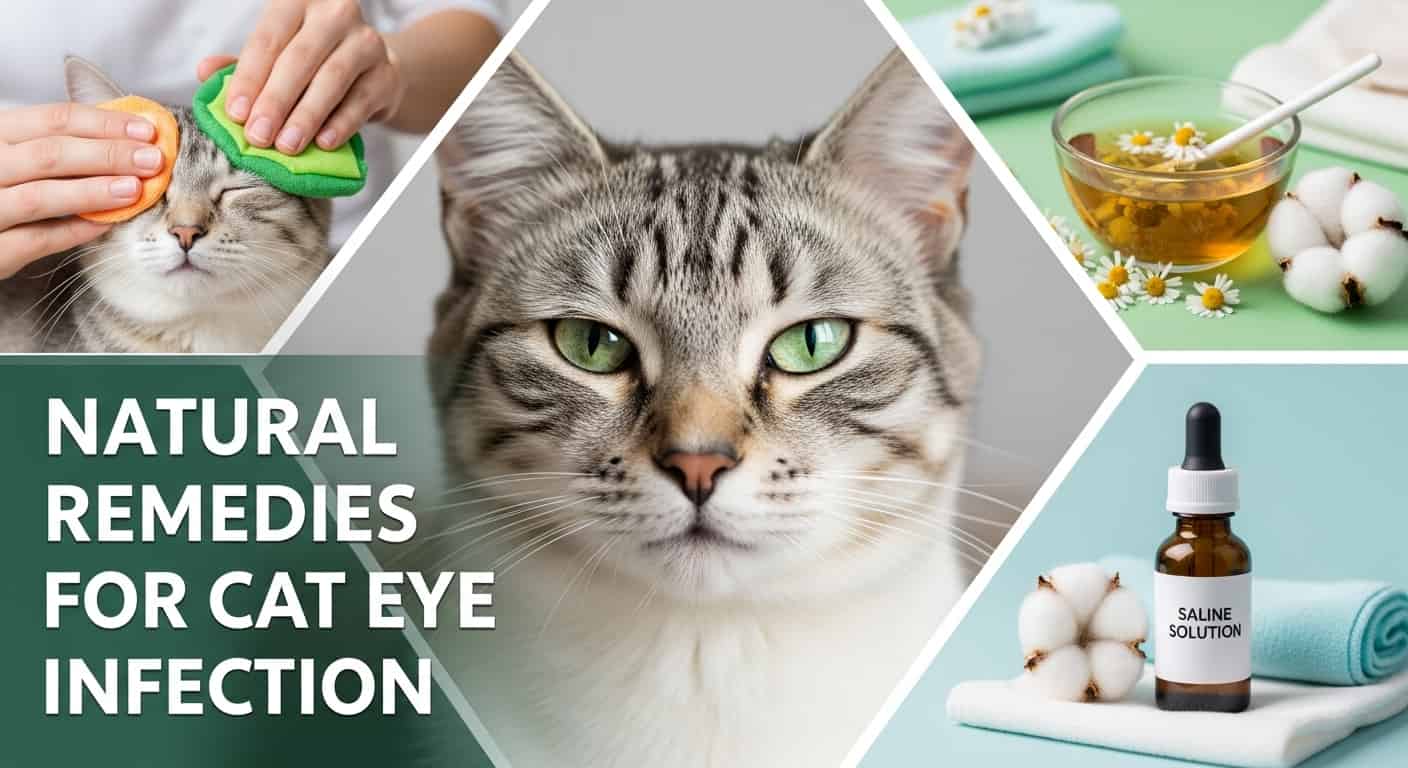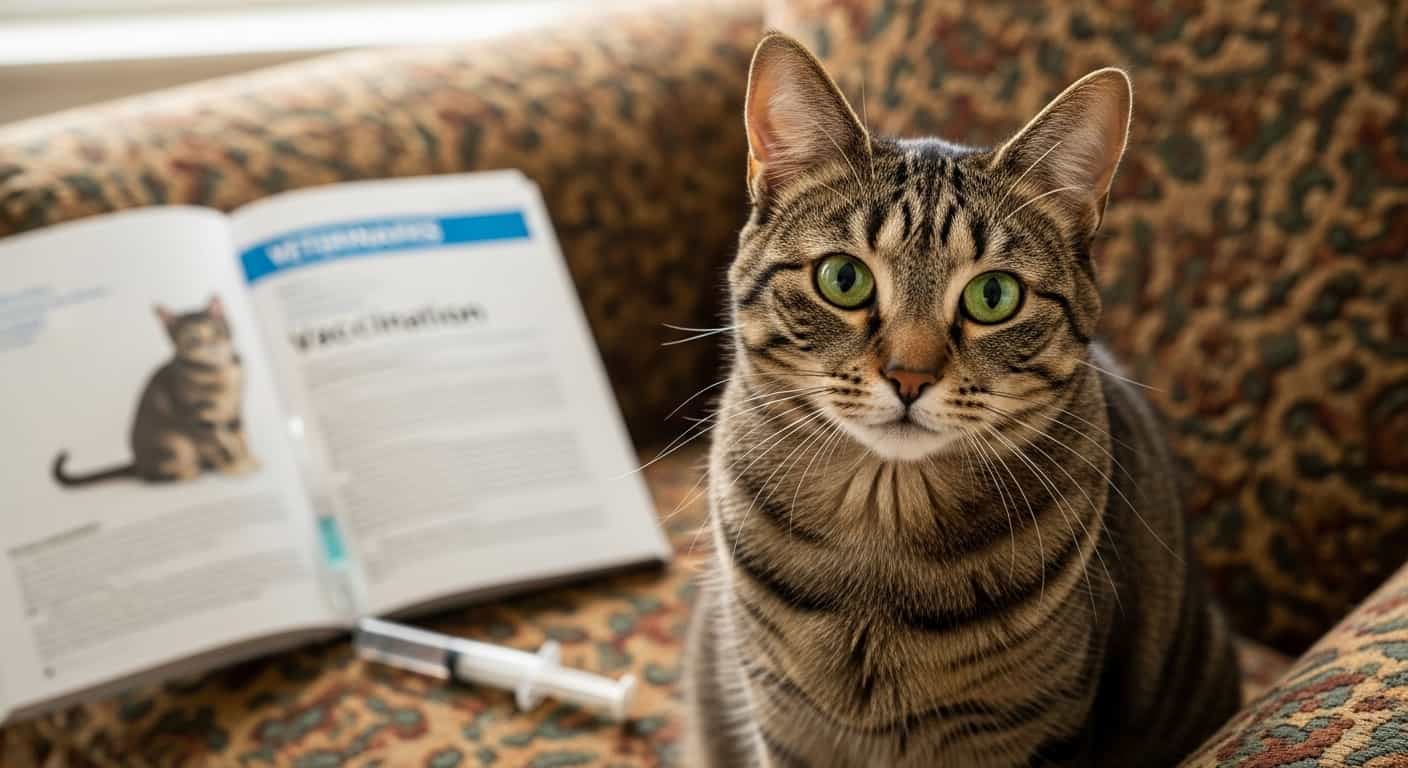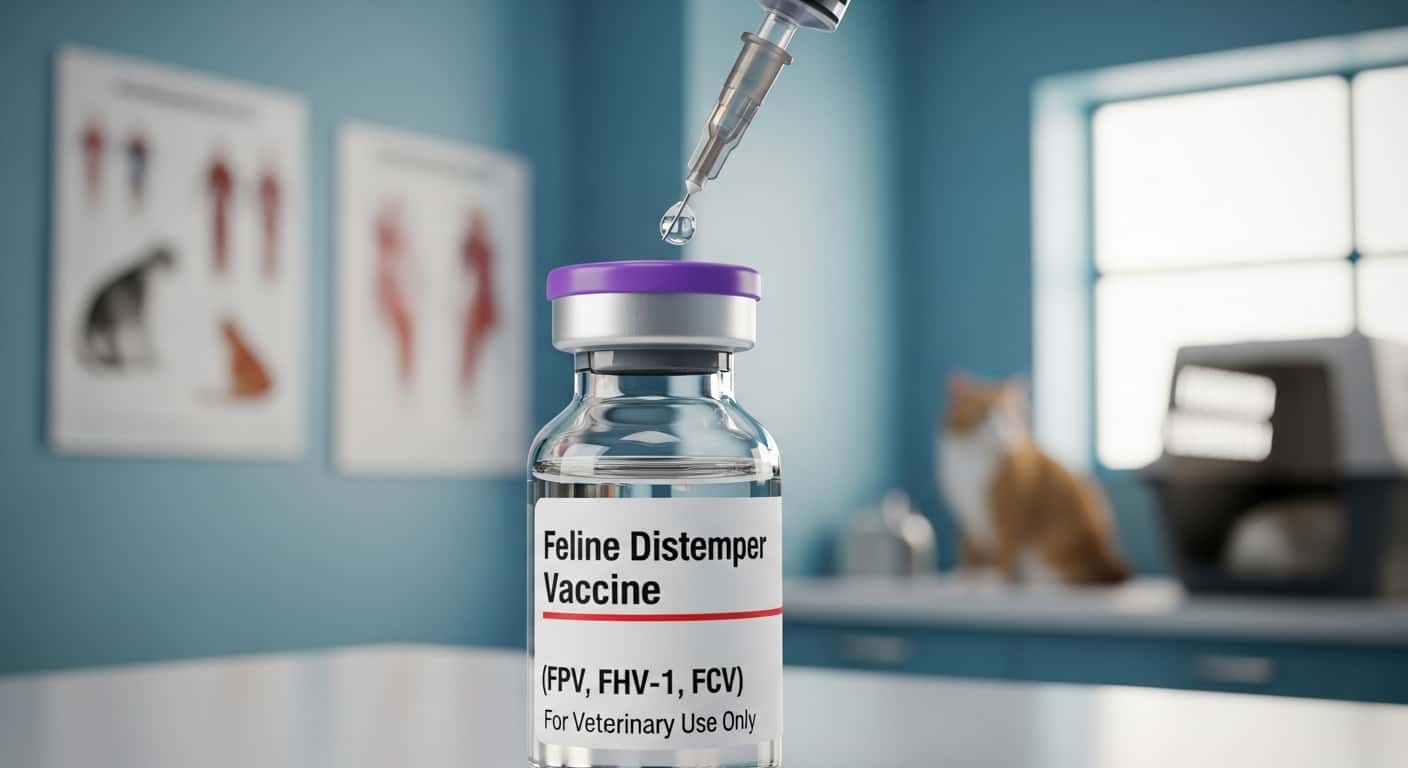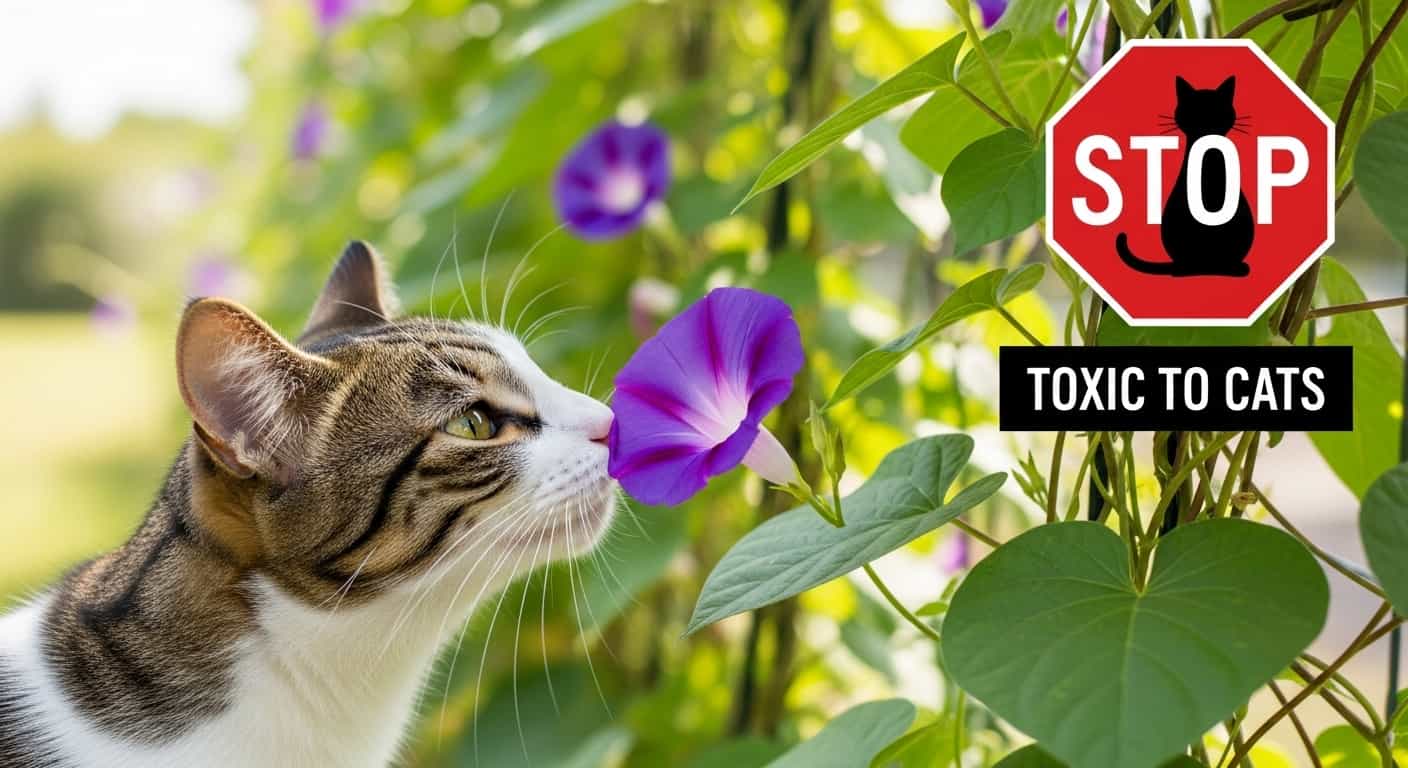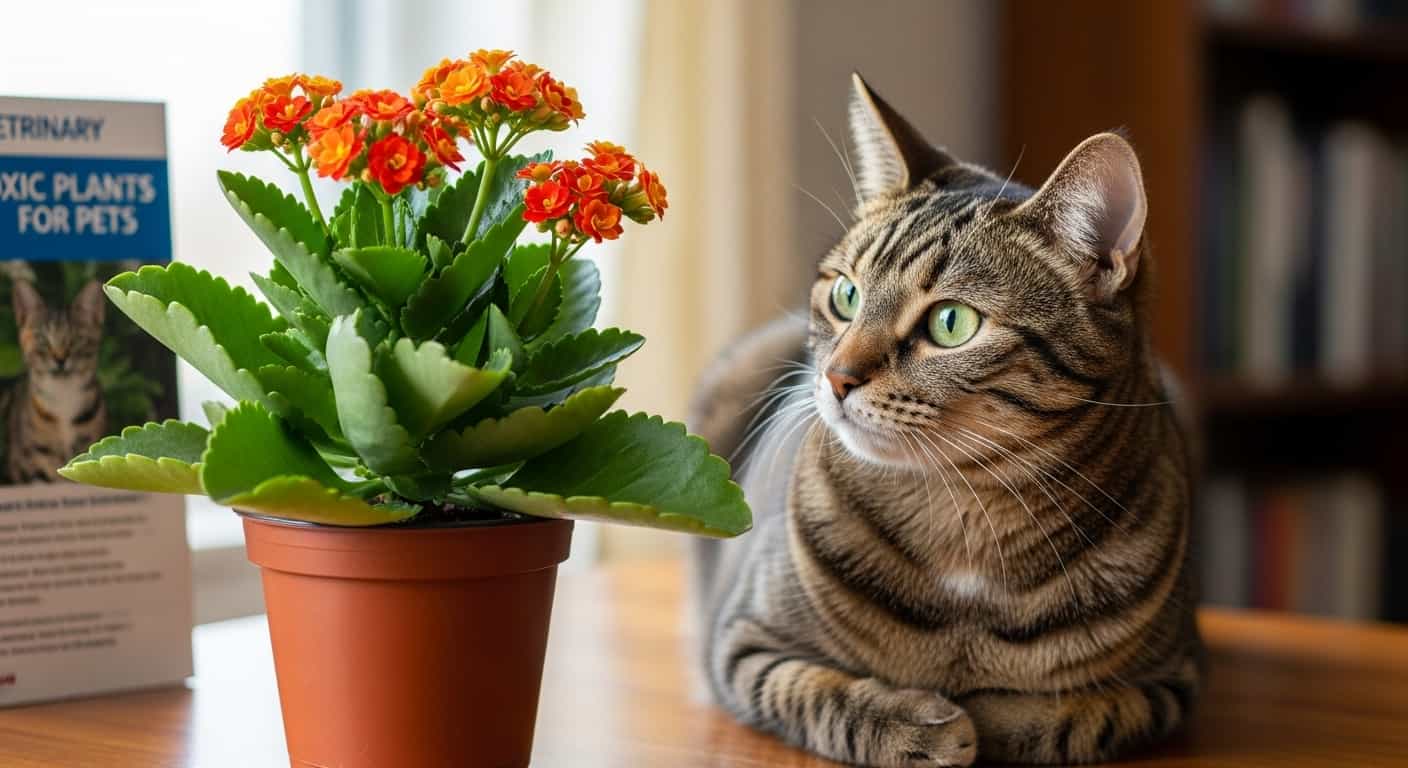If your cat has been diagnosed with Stage 2 kidney disease, you’re likely feeling worried and unsure about what comes next. Understanding this condition is key to helping your furry friend live a healthier, more comfortable life.
Table of Contents
ToggleYou’ll discover clear, simple information about what Stage 2 kidney disease means, the signs to watch for, and the steps you can take right now to support your cat’s well-being. Keep reading to gain the knowledge and confidence you need to make the best choices for your beloved pet.

Credit: www.greensboroughvets.com.au
Signs Of Stage 2 Kidney Disease
Stage 2 kidney disease in cats shows clear signs that pet owners should notice. Early detection helps manage the condition better. Cats may start to feel unwell but still act somewhat normal. Watching closely for changes can make a big difference.
Common Symptoms To Watch
In stage 2, cats often drink more water than usual. This leads to frequent urination. You might see weight loss without a change in appetite. Vomiting can happen, but not all cats vomit. Bad breath with a chemical smell may appear. Some cats seem tired and weak more often.
Behavioral Changes In Cats
Behavior shifts are common in cats with kidney disease. Your cat might hide more or seem less playful. They may show less interest in food or social interaction. Changes in grooming habits can occur, like less cleaning. Some cats become restless or show signs of discomfort. These behavior changes help spot the illness early.
Dietary Adjustments
Diet plays a key role in managing Stage 2 kidney disease in cats. Good food choices can help slow disease progress. Proper diet supports kidney function and overall health. Adjustments in diet help reduce the workload on the kidneys. Feeding the right food and maintaining hydration are vital steps for care.
Choosing The Right Food
Select food low in protein and phosphorus. This helps reduce kidney strain and toxin buildup. Look for diets made for kidney health. Wet food is better than dry for kidney patients. It contains more moisture and is easier to digest. Avoid foods with high salt or additives. Fresh, balanced meals support your cat’s wellbeing.
Here's a related post that you might find useful. My Cat Has Blood in His Stool: Urgent Signs Every Owner Must Know
Hydration Strategies
Water intake is crucial for cats with kidney disease. Encourage your cat to drink more water daily. Use water fountains or multiple water bowls around the house. Offer wet food to increase fluid intake naturally. Monitor your cat’s water consumption and urine output. Proper hydration helps kidneys filter waste effectively. Prevent dehydration to improve your cat’s comfort and health.
Medication And Supplements
Managing Stage 2 kidney disease in cats often involves medication and supplements. These help slow the disease and keep your cat comfortable. Medicines can control symptoms and protect kidney function. Supplements support kidney health and improve quality of life.
Common Prescriptions
Veterinarians usually prescribe medicines to reduce kidney strain. Phosphate binders lower phosphate levels in the blood. High phosphate can worsen kidney damage. Blood pressure medicines help control high blood pressure. High blood pressure harms kidneys further. Some cats get appetite stimulants to encourage eating. Others receive anti-nausea drugs to reduce vomiting. These medicines make your cat feel better daily.
Safe Supplements For Kidney Health
Supplements can support kidneys and overall health. Omega-3 fatty acids reduce inflammation in kidneys. They come from fish oil and are safe for cats. B-complex vitamins help replace those lost in urine. Antioxidants protect kidney cells from damage. Always ask your vet before starting supplements. Some supplements may interfere with medicines or cause harm. Use only those proven safe and effective for cats.
Monitoring And Vet Visits
Stage 2 kidney disease in cats needs careful monitoring and regular vet visits. These visits help track the cat’s health and catch any changes early. Careful checks allow vets to adjust treatments as needed. It keeps your cat comfortable and slows disease progress.
Key Health Checks
Vets check kidney function with blood and urine tests. These tests show how well the kidneys work. Weight and hydration levels also get checked. Blood pressure is important to monitor. It can affect kidney health. The vet may examine your cat’s mouth and coat too. These checks help spot problems quickly.
Here's a related post that you might find useful. Cat Food for Cats With Kidney Disease: Top Nutritious Picks
Frequency Of Appointments
Most cats with stage 2 kidney disease need visits every 2 to 3 months. Vets may suggest more frequent visits if the cat’s condition changes. Regular appointments help catch issues before they get worse. Keep a schedule and follow the vet’s advice. This routine supports your cat’s wellbeing.
Home Care Tips
Taking care of a cat with Stage 2 kidney disease requires special attention at home. Proper care helps your cat feel better and supports their health. Small changes in daily life make a big difference. Focus on comfort and reducing stress for your cat.
Creating A Comfortable Environment
Make a quiet space for your cat to rest. Soft bedding and a warm spot help them relax. Keep their food and water bowls close to their resting area. Use shallow bowls to make eating easier. Clean the litter box often to keep it inviting. Good lighting helps your cat see well without strain.
Stress Reduction Techniques
Keep a calm atmosphere around your cat. Avoid loud noises and sudden movements. Gentle petting and soft talking soothe your cat. Maintain a regular feeding and play schedule. Use pheromone sprays or diffusers to create a peaceful mood. Give your cat time alone if they seem overwhelmed.
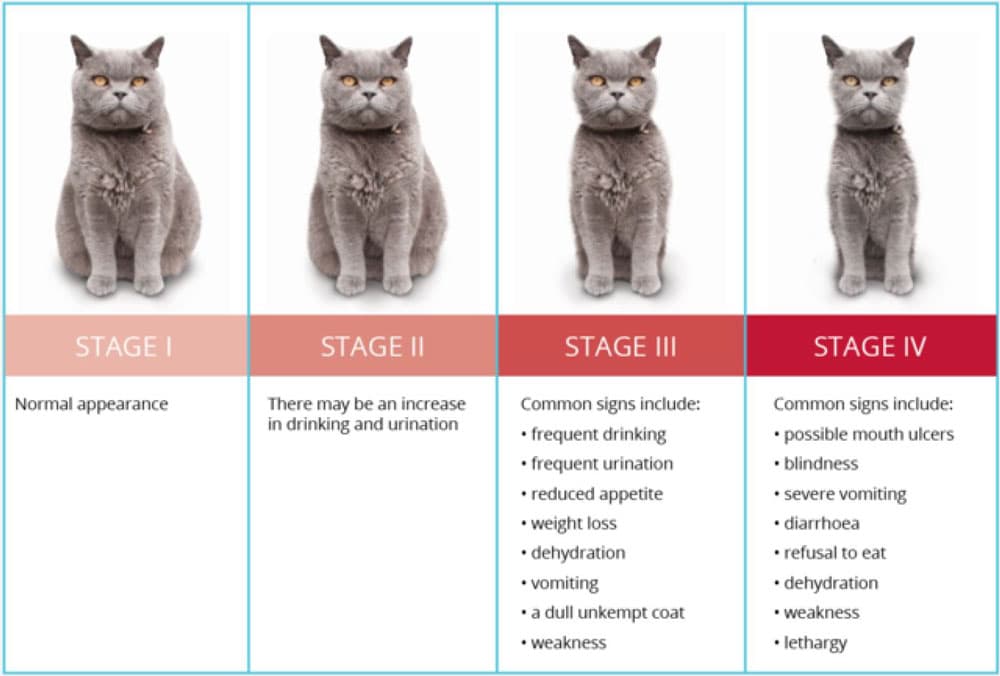
Credit: blissanimalhospital.com
Managing Complications
Managing complications in Stage 2 kidney disease in cats is critical for their health and comfort. This stage requires careful attention to avoid worsening symptoms. Early recognition and quick action can prevent severe problems.
Recognizing Warning Signs
Watch for changes in your cat’s behavior and health. Loss of appetite, vomiting, or lethargy are common signs. Increased thirst and urination also indicate kidney stress. Bad breath or mouth ulcers may appear. Keep track of weight loss or weakness. Spotting these signs early helps in timely care.
Emergency Care Steps
Act fast if your cat shows severe symptoms. Difficulty breathing, seizures, or collapse need urgent help. Contact your vet immediately for advice. Keep your cat calm and warm while waiting. Do not give any medication without vet approval. Early treatment can save your cat’s life.
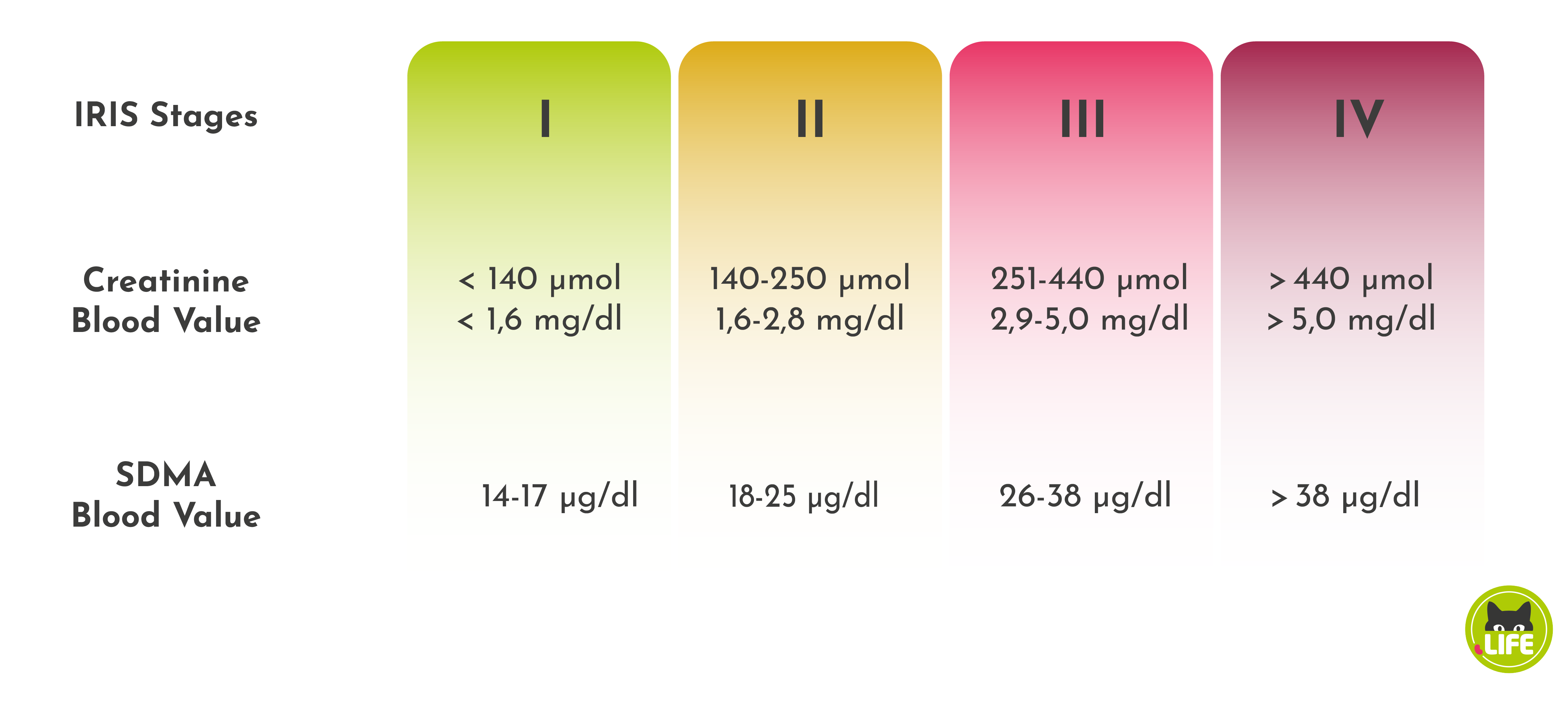
Credit: cat.life
Frequently Asked Questions
What Are Common Symptoms Of Stage 2 Kidney Disease In Cats?
Stage 2 kidney disease symptoms include increased thirst, frequent urination, and weight loss. Cats may also show poor appetite and lethargy. Early detection helps manage the disease effectively.
How Is Stage 2 Kidney Disease Diagnosed In Cats?
Veterinarians diagnose Stage 2 kidney disease using blood tests, urine analysis, and physical exams. Elevated creatinine and blood urea nitrogen (BUN) levels indicate kidney function decline.
Can Stage 2 Kidney Disease In Cats Be Treated?
While Stage 2 kidney disease cannot be cured, treatment slows progression. Diet changes, medications, and hydration support help maintain your cat’s quality of life.
What Diet Is Best For Cats With Stage 2 Kidney Disease?
A low-protein, low-phosphorus diet supports kidney health in Stage 2 kidney disease. Special veterinary prescription diets reduce kidney workload and improve cat wellness.
Conclusion
Stage 2 kidney disease in cats needs careful attention and care. Early signs might be subtle but important to catch. Regular vet visits help track your cat’s health closely. Feeding a special diet supports kidney function well. Giving plenty of fresh water keeps your cat hydrated.
Watching for changes in behavior or appetite matters a lot. Small steps can slow the disease and improve comfort. Your cat depends on you for gentle care and love. Stay patient and consistent with treatments and check-ups. Every effort counts in helping your cat live better.

